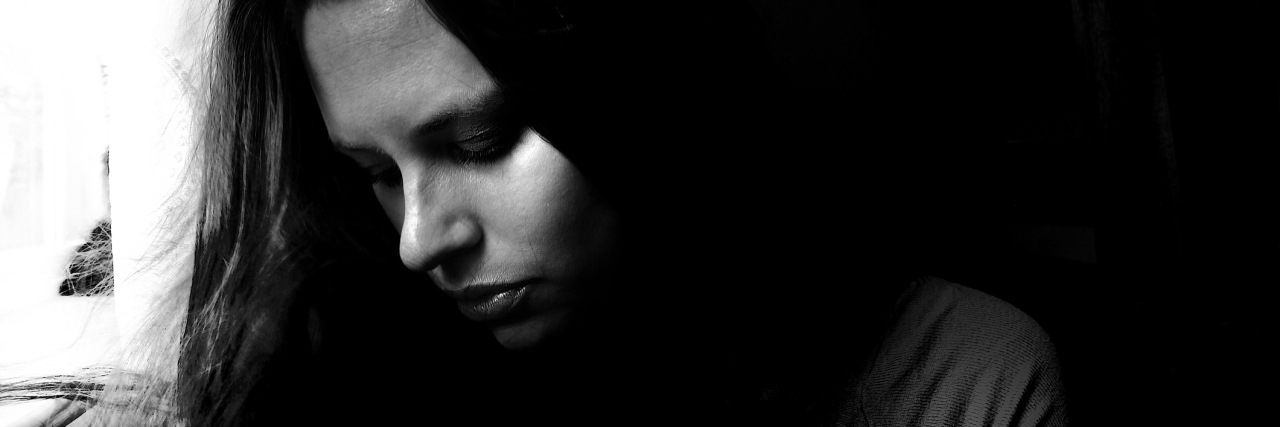May is Mental Health Month, and, as a licensed marriage and family therapist, I have a confession. I didn’t fully understand the magnitude of the symptoms and consequences associated with seasonal affective disorder (SAD) until I started working with clients struggling with this condition.
SAD, which even medical professionals have labeled off as “no big deal,” represents a major epidemic in our society. Because I believe that advocacy and awareness are key to supporting each other through moments of difficulty, I feel compelled to write about these pervasive myths.
1. It only happens in the winter.
When I first learned about SAD, I read so much literature indicating that, because it’s strongly associated with a lack of sunlight, it therefore only happens in the winter.
In reality, I’ve learned that this is not the only time. In fact, I’ve noticed an uptick in SAD symptoms when the clocks change each fall just after Halloween. Even just the hour shift can create a sense of disarray and chaos. Because it gets darker earlier, many people don’t see sunlight when they leave work. This can be bothersome for those who value the outdoors or simply being out and about in the evening.
Daylight savings time has been a root of controversy — in fact, some compelling organizations are even putting together petitions to challenge this status quo! As someone who loves the sunshine, I’m in favor of having later daylight hours.
2. It’s a lesser form of depression.
SAD isn’t just depression “lite.” For many who struggle with it, it is a traumatic and even debilitating mental disorder that can dramatically impact daily functioning. SAD can consist of all the common symptoms associated with depression, such as loss of interest in activities or work, insomnia or hypersomnia, appetite changes, low energy or fatigue, difficulty concentrating or focusing, feelings of worthlessness or hopelessness, and suicidal thoughts.
SAD can be just as severe as major depression. Furthermore, those with depression can feel exacerbated effects due to SAD tendencies. For these reasons, I’ve learned that it’s just as critical as any depression treatment.
3. Light is the cure.
In my work with clients struggling with SAD, I’ve learned about many awesome hacks that can help improve symptoms. The ones that stand out include light boxes, greenery and flowers, vitamins and even a brief vacation to a sunnier location.
With that said, even while these self-care methods can certainly help, they should not be considered cures. Mental illness is complex and layered; what works for one person may not help another, and just because one intervention helps one day doesn’t mean it will work the next.
It’s ignorant to assume a single strategy can just “take away” the pain one experiences. Furthermore, it’s insulting to expect sudden change and improvement after introducing such strategies.
All of us (including mental health professionals) need to practice compassion and sensitivity when it comes to mental illness.
We all know that mental illness is plagued with myths. They’re usually unintentional, but education is key to decoding the struggles and opening the path for recovery.
We want to hear your story. Become a Mighty contributor here.
Getty Images photo via Dreamerjl83

